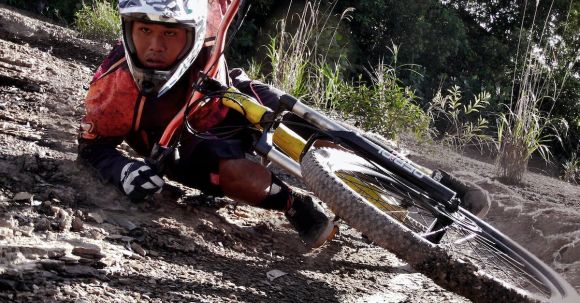Off-road biking on singletrack trails can be an exhilarating and challenging experience. These narrow, winding trails offer a unique opportunity to connect with nature and push your biking skills to the limit. Whether you are a beginner or an experienced rider, there are several key tips and techniques to keep in mind to ensure a successful and enjoyable off-road riding experience.
Choose the Right Bike
One of the most important aspects of off-road riding is having the right bike. A mountain bike with wide and knobby tires is ideal for tackling the uneven terrain of singletrack trails. Make sure your bike has proper suspension, as this will help absorb the impact of bumps and obstacles along the way. Additionally, consider investing in a bike with disc brakes, as they provide better stopping power in muddy or wet conditions.
Master the Basics
Before hitting the singletrack trails, it’s essential to master the basic off-road biking skills. Start by practicing on easier trails to develop your balance, bike handling, and maneuvering techniques. Learn how to properly shift your gears, brake effectively, and maintain a stable body position on the bike. These fundamental skills will serve as a solid foundation for tackling more challenging singletrack trails.
Maintain Proper Body Position
Maintaining the correct body position while riding off-road is crucial. Keep your arms and legs slightly bent to absorb any shocks or impacts. Shift your weight back when going downhill to maintain stability and control. Conversely, shift your weight forward when climbing steep inclines to maintain traction on the front wheel. By maintaining the proper body position, you’ll be able to navigate the twists and turns of singletrack trails with greater ease.
Look Ahead
When riding off-road on singletrack trails, it’s important to keep your eyes focused on the trail ahead. Look ahead at least a few meters to anticipate any obstacles, such as rocks, roots, or tree branches. This will give you more time to react and adjust your line accordingly. By looking ahead, you’ll be able to maintain a smooth and fluid riding style, increasing your overall speed and efficiency on the trails.
Choose the Right Line
Choosing the right line on singletrack trails is essential for a successful ride. Look for the smoothest and most efficient path through tight corners and technical sections. Avoid loose gravel, mud, or deep sand, as these surfaces can cause you to lose traction and control. Take advantage of berms and banked corners to maintain momentum and speed. By choosing the right line, you’ll be able to navigate the trail with greater ease and confidence.
Brake and Accelerate Smoothly
Braking and accelerating smoothly is key to maintaining control and stability on singletrack trails. Avoid sudden and aggressive braking or acceleration, as this can cause your tires to lose traction. Instead, feather your brakes and modulate your speed gradually. When accelerating, shift your weight forward and pedal with a smooth and consistent cadence. By maintaining smooth control, you’ll be able to flow seamlessly through the twists and turns of the trail.
Conclusion: Embrace the Adventure
Off-road riding on singletrack trails is an adventure that requires skill, technique, and a sense of adventure. By choosing the right bike, mastering the basics, maintaining proper body position, looking ahead, choosing the right line, and braking and accelerating smoothly, you’ll be well-equipped to tackle the challenges of off-road riding. So, get out there, embrace the adventure, and enjoy the thrill of riding off-road on singletrack trails.
